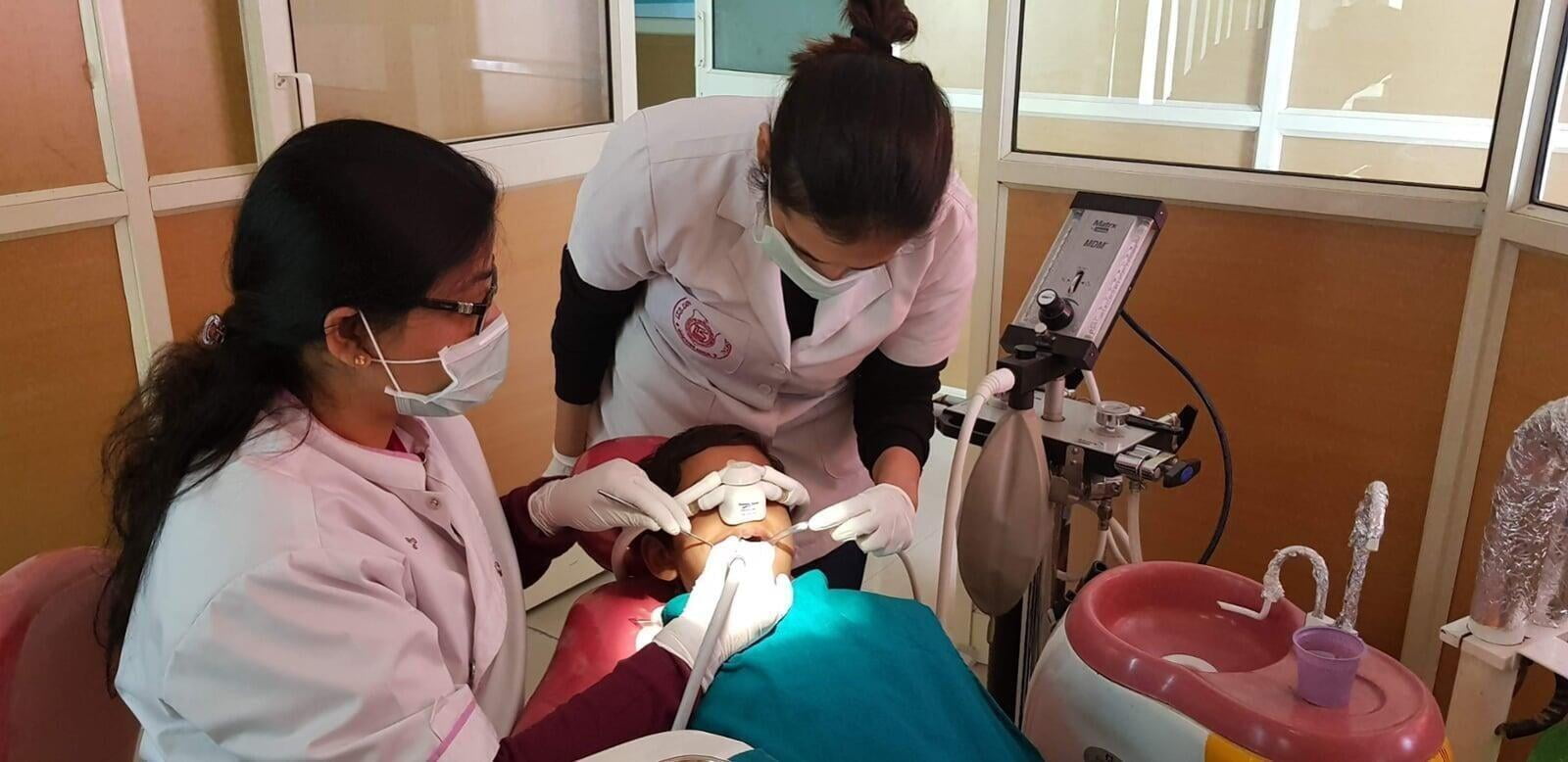LAUGH YOUR FEARS AWAY: DENTAL LAUGHING GAS
WHAT IS LAUGHING GAS?
Laughing gas is actually nitrous oxide gas and is commonly denoted as N2O. It is a colourless, virtually odourless gas and has a very faint sweet smell.
In dentistry, it can be administered along with oxygen to reduce pain and anxiety. Nitrous oxide is effective as a sedative because it relaxes the patients with the pleasurable feelings it emits. Nitrous oxide's usefulness also stems from how quickly it works and that its effects are reversible
WILL I BE UNCONCSIOUS IF NITROUS OXIDE IS USED?
No. Nitrous oxide does not cause loss of consciousness. It is a popular method of conscious sedation.
WHAT WILL I FEEL WHEN NITROUS OXIDE IS ADMINISTERED?
Your dentist will place a mask covering your nose and ask you to breathe normally. You will be able to hear and respond to any requests or directions the dentist may have. Within a few short minutes you should start to feel the effects of the nitrous oxide. You may feel light-headed or a tingling in your arms and legs. Some people say their arms and legs feel heavy. Ultimately, you should feel calm and comfortable. The effects of nitrous oxide wear off soon after the mask is removed.
IS NITROUS OXIDE SAFE FOR CHILDREN?
Nitrous oxide is not only safe , it is in fact the preferred method used especially for anxious children. It allows the child to undergo the treatment in a better manner, ensures more co-operation and may also be associated with procedural amnesia, all allowing for a positive dental attitude to be inculcated in the child.
ARE THERE ANY SIDE EFFECTS?
Only a minority of patients experience any negative side effects. They can occur if the nitrous level is too high or if the amount being inhaled quickly changes. Potential side effects are as follows:
Headaches
Shivering
Excessive sweating
Nausea and/or vomiting
Fatigue
Once the nitrous oxide has been turned off, a patient needs to receive oxygen for at least five minutes to avoid a headache or vomiting. The oxygen purges any remaining gas from the lungs while aiding the patient in becoming alert and awake.
Meals are another focus point when receiving nitrous oxide. It's a good idea to eat lightly prior to your procedure and avoid a big meal afterwards
ARE THERE ANY SITUATIONS WHERE NITROUS OXIDE SHOULD NOT BE ADMINISTERED?
Yes, please inform your dentist in the following scenarios:
COPD (chronic obstructive pulmonary disease),
Methylenetetrahydrofolate reductase deficiency
Cobalamin deficiency
If you are receiving treatment using bleomycin sulfate
Have a history of emotional issues or drug addiction
Pregnancy
The Department of Pedodontics at ITS Dental Hospital, Greater Noida has a well setup conscious sedation facility and doctors trained specifically in the technique to treat your tiny tots in the best possible, anxiety free manner.

























